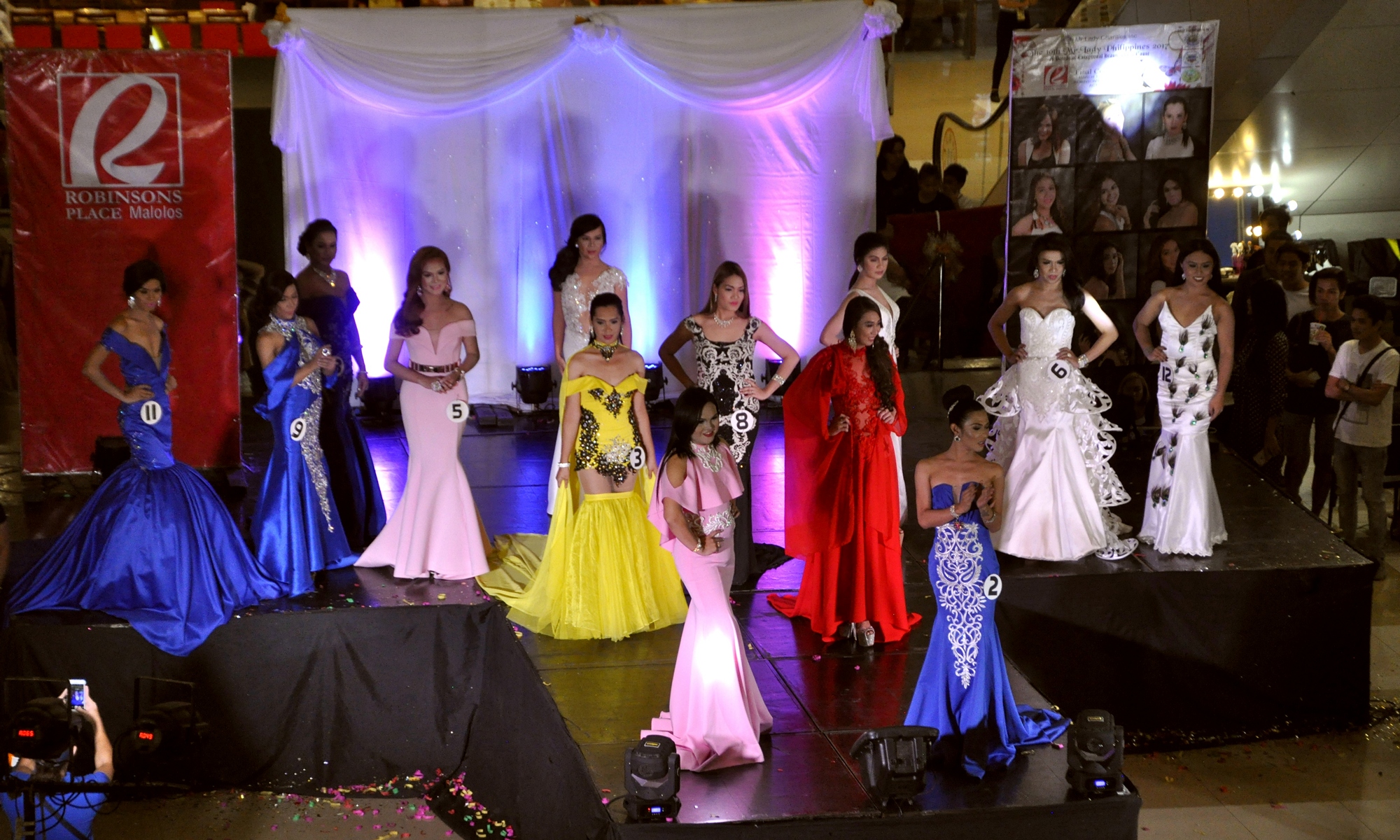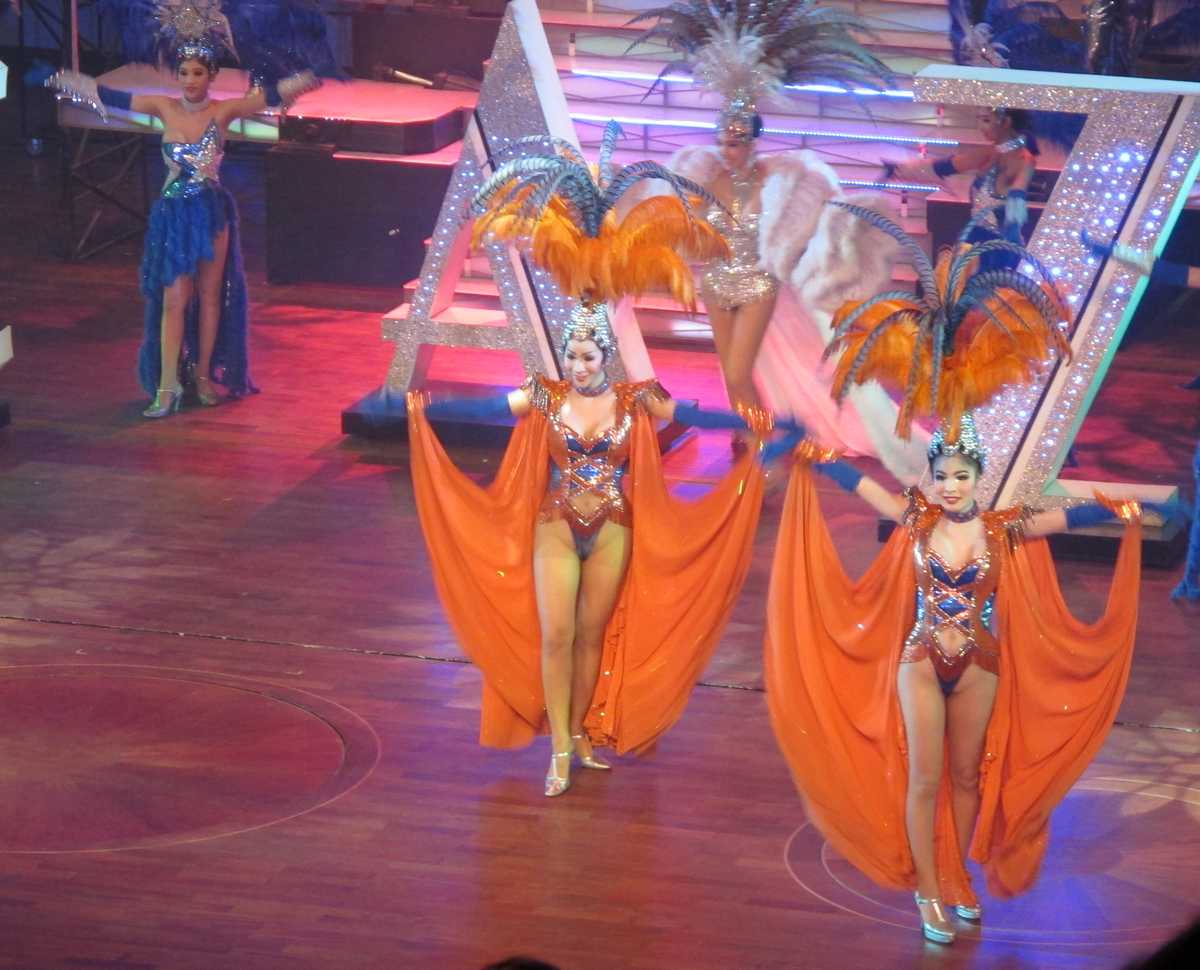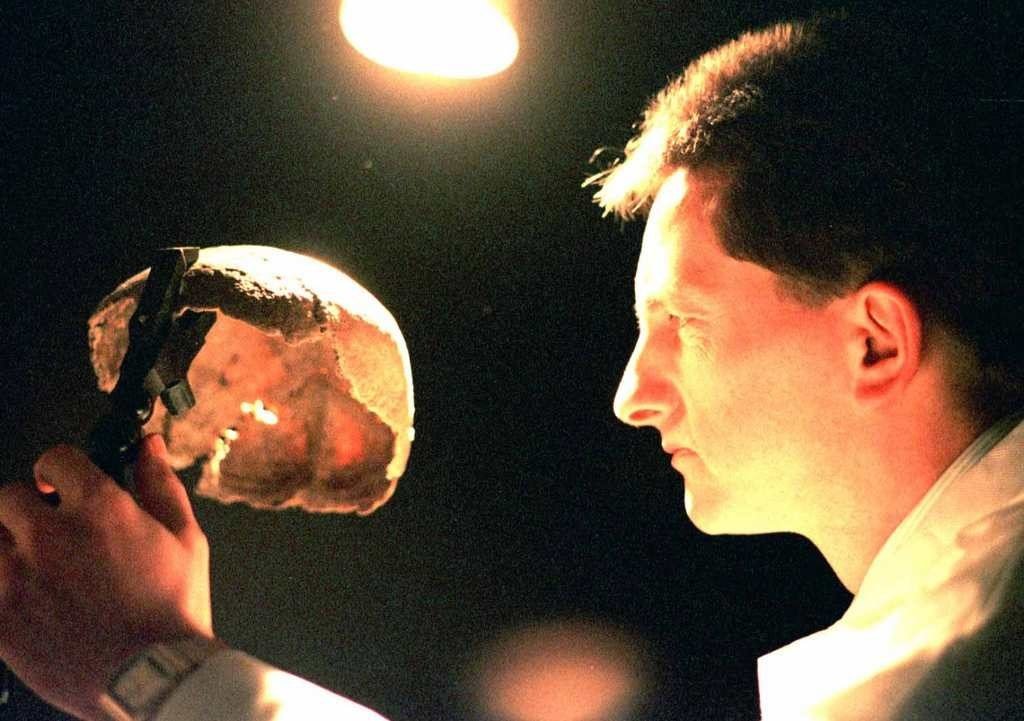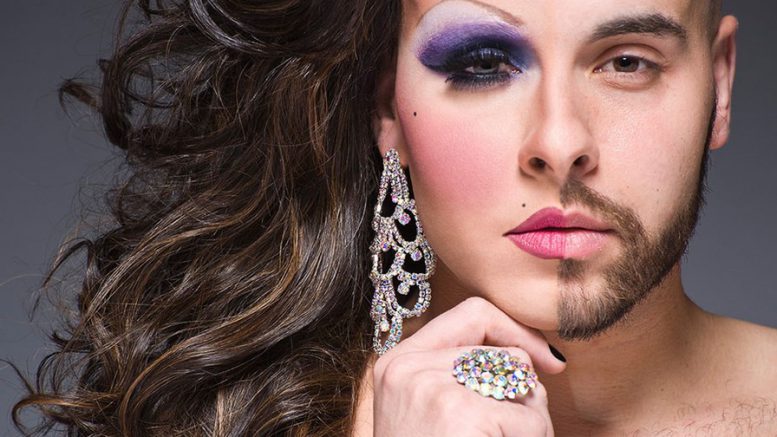Originally posted 2013-05-21 22:35:39.
My plan had originally been to make my trip to Asia after Christmas, but Crissy had told me that she was unlikely to be available then. I was in contact with a number of girls, but only she had that spark, and I knew I wanted to meet her. She was lively and enthusiastic, but had an edge about her and a depth too, that I liked. She had a way of just knowing what I was thinking, even before I said it, that always bodes well for a new relationship.
So I rearranged my schedule. In fact, November is the best time to go to southeast Asia in any case. The typhoon season should have come to an end, and the temperatures are relatively low, with lots of sunshine. In addition, flight prices are twenty per cent or so cheaper then, than in March or April. I readily persuaded myself that making the trip sooner was justified on a whole raft of counts; other, of course, than my interest in getting to know Crissy a whole lot better…
Continue reading “Travels With A Ladyboy 2: Culture Shock”















